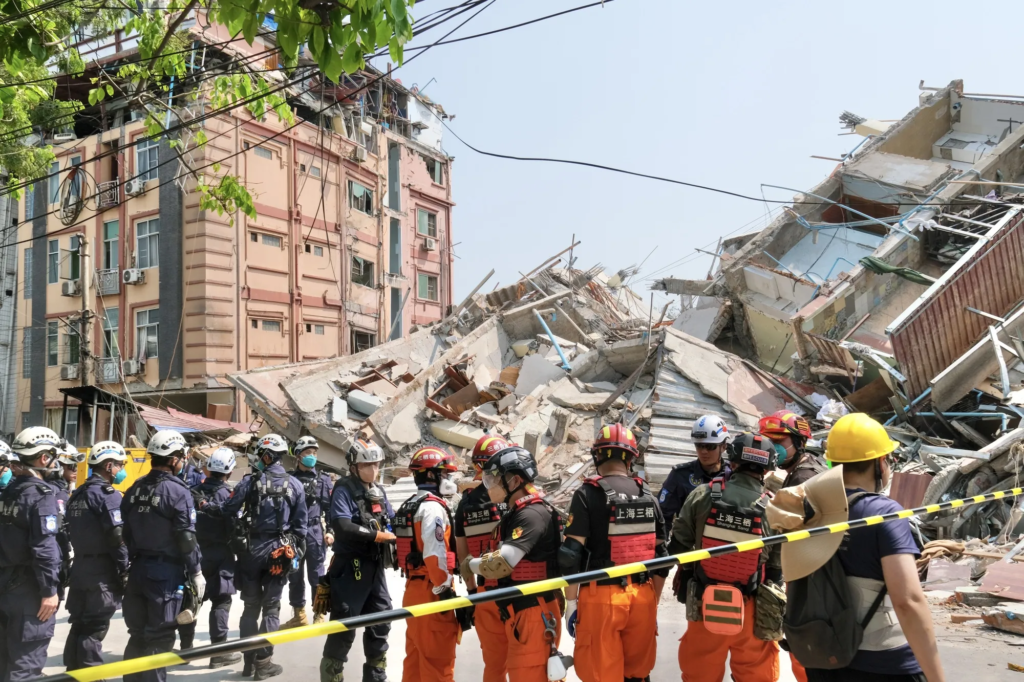Introduction
The recent earthquake in Myanmar is not just a natural disaster—it’s a seismic political event that further destabilizes an already fragile military junta. As the country reels from destruction, the regime is struggling to maintain its grip on power amid mounting pressure. This blog explores the top five ways the earthquake is delivering a double blow to the junta’s control in Myanmar.

1. Infrastructure Collapse Weakens Military Authority
The earthquake has caused severe damage to critical infrastructure, including roads, bridges, and military outposts. In a country where the junta relies on physical dominance and logistical control, the collapse of these structures significantly reduces the regime’s operational capabilities, especially in conflict zones like Chin and Karen states.
2. Public Distrust Grows Over Delayed Relief Efforts
Citizens across Myanmar have expressed outrage over the junta’s slow and uneven disaster response. Areas perceived as anti-junta have reportedly received little to no aid, deepening resentment and fueling public distrust. The regime’s failure to address the basic needs of quake victims may accelerate civil disobedience movements.
3. Rebel Groups Gain Ground in Quake-Hit Regions
With military communication lines down and troop morale shaken, ethnic armed organizations and resistance forces have gained new ground. In northern Shan State and the Sagaing Region, rebel groups are reportedly helping with aid distribution, thereby gaining public favor and territorial control.
4. International Pressure Mounts Amid Humanitarian Crisis
The global community has stepped up scrutiny of the junta, especially after reports of blocked aid routes and diverted supplies. Calls for international humanitarian corridors have intensified, and the disaster may lead to fresh sanctions or diplomatic isolation if the junta continues to obstruct relief efforts.
5. Internal Military Fractures Widen
The military is not monolithic, and sources suggest that some commanders are unhappy with the junta’s disaster response and overall leadership. The earthquake has exacerbated internal divisions, with some units refusing orders or acting independently, a dangerous sign for regime cohesion.
Conclusion
While natural disasters often unite nations, Myanmar’s earthquake is doing the opposite—exposing the military junta’s vulnerabilities and accelerating calls for political change. As the death toll rises and relief remains scarce, the regime faces a critical juncture. Will the quake mark the beginning of its end?
For further reading on Myanmar’s political crisis, visit our analysis on junta protests.
Sources: Reuters – Asia Pacific News, BBC News – Myanmar